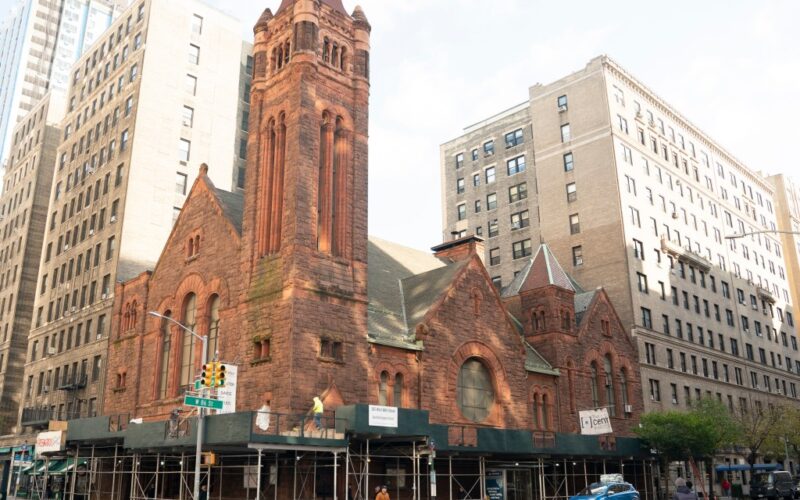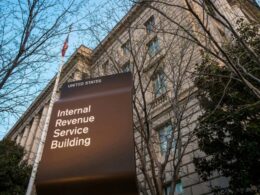We are marking the 60th anniversary of the New York City Landmarks Law — generally regarded as among the most robust and comprehensive preservation statutes in the nation. However, after a promising beginning, the law has eroded, resulting in the loss of more than a dozen historic properties throughout the city in just the last two years.
The Landmarks Law, signed by the mayor on April 19, 1965, was enacted following demolition of the Old Penn Station — once considered “a masterpiece of the Beaux-Arts style and one of the great architectural works of New York City.” While beloved by most New Yorkers, the city was helpless to preserve the station because no law existed to prevent its destruction.
That changed with enactment of the Landmarks Law, which authorized the Landmarks Preservation Commission to designate historically — and architecturally-significant properties, regulate their maintenance, and prevent their demolition absent extraordinary circumstances.
Of course, the Law was not without its detractors. The Real Estate Board of New York warned that the Landmarks Law would “seriously impede the modern expansion and progress of the city” — a sentiment which did not win the day then, but which is now the lens through which Commission decisions are frequently made.
As explained in the seminal work “Regulatory Capture” — a treatise that chronicles the increasingly powerful influence of developers at the Commission — “The Landmarks Preservation Commission no longer functions as it once did,” and, as a consequence, New York has become “a modern city [focused on] disfiguring and demolishing its own landmark architecture, and systematically obliterating the common memory of what New York City once was, and will never be again.”
Today, applications for approval by the Commission are generally filed by developers and their lobbyists, who promptly obtain access to Commission staff — access that preservationists don’t have. When hearings and meetings at the Commission are scheduled, developers and their lobbyists receive unlimited time to address commissioners directly at every session, and are afforded ample opportunity to woo them into approving substantial alterations or, in some instances, complete demolitions.
By contrast, those who oppose developers’ applications are afforded a scant three minutes to address the commissioners only at the first hearing. After that, any opposition by preservationists is limited to submission of written materials that the commissioners all-too-often don’t read. It’s no wonder that commissioners regularly side with development at the expense of the landmarks they were entrusted to preserve.
The consequences of the Commission’s focus on development over preservation could not be clearer. Over the last 10 years, virtually every publicly-contested application filed by developers at the Commission has been granted. In the last two years alone, the city has lost at least 15 landmarked properties to demolition and/or neglect. By contrast, the number of newly-designated landmarks by the Commission under the Adams administration has averaged about six per year — reflecting a more than 80% decrease in annual designations from those issued by previous mayors.
More recently, the Commission considered whether to permit demolition of the landmark West Park Presbyterian Church, the exterior of which has been deteriorating for the last 20 years. Even after the tenant of the church agreed to pay for its repair, hired professionals to perform the work, and obtained preliminary approval by the Commission of the plans to complete the restoration, the Commission still refused to issue a work permit.
Thus, when confronted with the choice to entertain an application to permit demolition of a landmark or grant a permit to restore it, the Commission chose to consider demolition over preservation. While public figures have galvanized public support for the church over the last two years, only the Commission can legally prevent its demolition.
When it passed the Landmarks Law, the City Council “declared as a matter of public policy” that the “protection, enhancement, perpetuation and use of” historically- and architecturally-significant properties is “a public necessity and is required in the interest of the health, prosperity, safety and welfare of the people.”
Sixty years later, it is imperative that the Commission reclaim its historic purpose and renew its commitment to preservation of the city’s landmarks — otherwise, the Council may have no choice but to schedule oversight hearings. The city’s commitment to landmarks requires nothing less.
Brewer represents the 6th Council District on the Upper West Side and is chair of the City Council Committee on Oversight and Investigations. Hiller, a preservation lawyer, received the 2024 Landmark Lion and 2017 Grass Roots Preservation Award by the Historic Districts Council.








